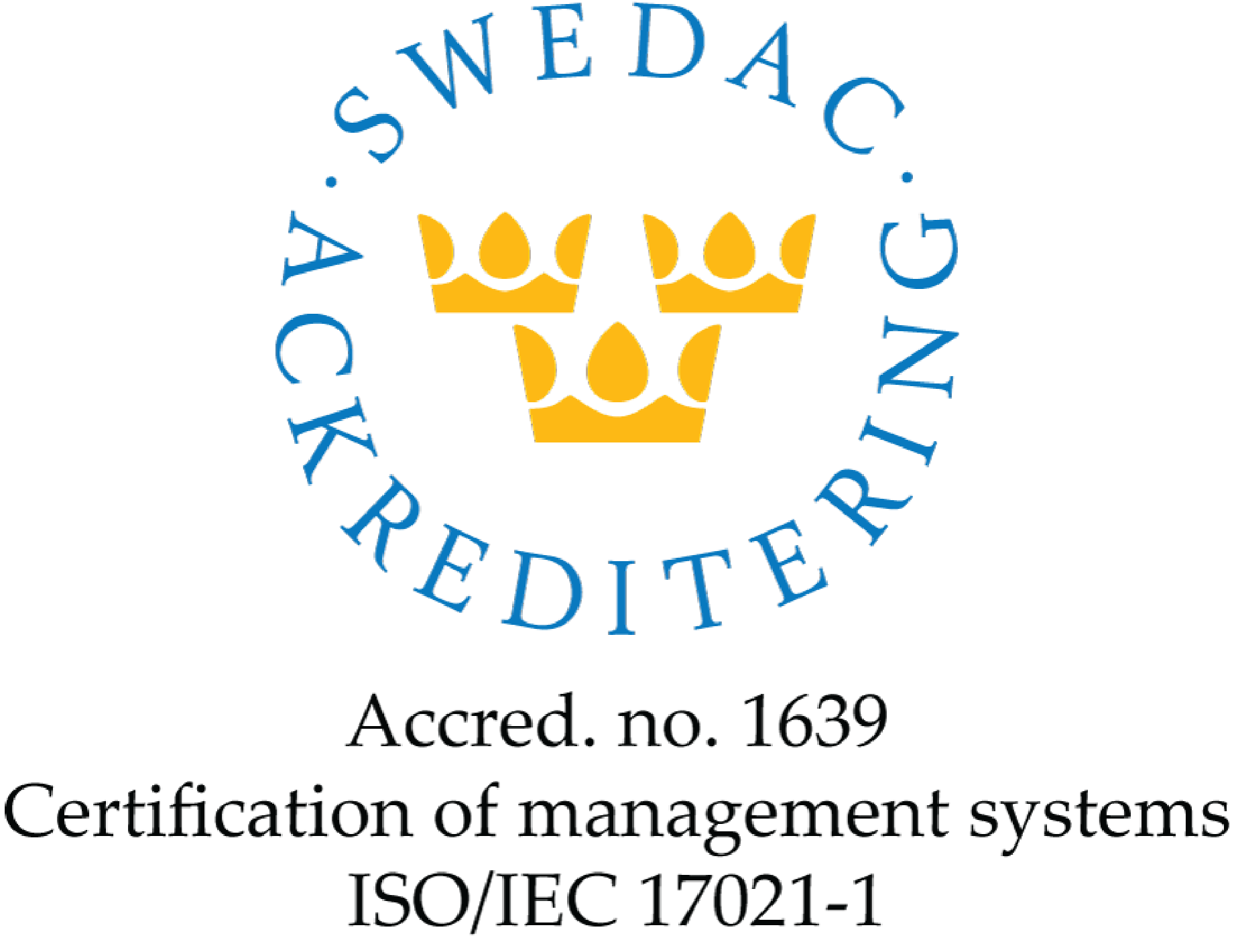Custom Battery Solutions for Industrial Instrumentation

Whether on the production floor or out in the elements, you need equipment that you can rely on. The products you use and the brands you trust need to be able to handle the drops, spills, and mishaps of a tough environment. While your handheld device has been rated to meet the challenges of your industrial application, how does your battery pack hold up?
Choosing the Right Battery for Industrial Applications
Difficult working environments pose unique challenges to product design. It is important to understand that not all battery packs are created equal. One must consider the environmental pressures their products face when choosing the right battery. Some of the most common concerns for industrial applications include:
- Water exposure
- Extreme temperature ranges
- Dust and debris
- Vibrations
- Damage from poor handling
Physical adjustments to the pack design can help address some of these concerns. Proper design and selection of enclosures as well as the actual assembly of the pack can make the difference between success and failure. Safety features, such as those that ensure the cells are maintained within their safe operating range may be necessary. Protection circuits are built into the pack that cut-off the electrical current when triggered by certain parameters such as current, voltage, or temperature exceeding their safety thresholds. These safety features protect the packs from potential damage, increasing battery life and maximizing function.
Not only should a good pack design help address these environmental concerns, but they can also include smart technology features that offer increased functionality. Enhanced battery packs communicate with the device, sending information such as state of charge, temperature, or voltage, helping the device to make better use of the available energy. Some features ensure proper handling of the battery pack. Cells are designed to be charged at certain voltages and within specified current ranges. If charged incorrectly, cells could become unstable and possibly vent or explode. SHA-1 encryption is a safety feature commonly found in the handheld industry. It is used to ensure that only compatible charging systems are used with the device, supporting product longevity and consumer safety.
When designing a product, it is important to consider the battery pack right from the start. By tackling this major piece in the early stages of design, you reduce the need for a redesign. Redesigns can become problematic as they increase out-of-pocket costs while simultaneously affecting your assembly lines.
Custom Battery Cost Factors

The total cost of your battery encompasses more than just the physical unit. Not all design teams are optimized to manufacture. You also need to consider additional costs that may be a result of your supply chain. This is where working with North American suppliers like Excell Battery can be a great benefit, as they often have more resources, better scheduling, and faster support. Cost factors include:
1. Design Complexity
- Technology Type. Battery cells come in a wide range of sizes and chemistries. While this variety makes finding the right solution easier, it also means that there are more areas in which the design can go wrong. A good battery design will balance size, weight, and energy to best suit your industrial application.
- Quality of Components. You may have heard the saying “you get what you pay for.” This stands true for the individual components that make up your battery pack. A cheaper part usually comes with lesser quality. In the world of battery packs, lesser quality means failures in the field and possibly safety risks for the consumer.
- Regulatory Requirements. Batteries are subject to strict regulations as outlined. Some of these regulations are specific to transportation, while others deal with safety. Certifications build trust in the marketplace, informing consumers that they are purchasing products that will last.
2. Transportation
- Tariffs. Some goods are subject to taxes when imported from one country to another. These charges are often difficult to predict and can fluctuate at different times of the year. Manufacturers offset these costs, passing that cost onto their customers by increasing prices of battery packs.
- Transportation. When we consider transportation, we are looking at the couriers that take material from point of manufacture to point of installation, which can be especially difficult when shipping lithium batteries, as they are subject to strict regulations. Batteries can pose a risk during transportation if not prepared in compliance with local and international regulations.
- Lead-time. Depending on where your components are coming from and the state of the international marketplace, you might find yourself at the mercy of uncertain supplier lead-times. Long and variable lead-times make it difficult for production lines to stay on track, negatively impacting your bottom line.
About Excell
Excell Battery has been providing custom battery solutions for industrial instrumentation for over 35 years. We’ve helped companies design their products early on, in order for them to consider battery requirements. This has directly resulted in their product launches happening on time, on budget, and with no product redesigns necessary. With our custom power solutions, companies have come to expect their products to last longer, run faster, and give their customers an overall better experience.




